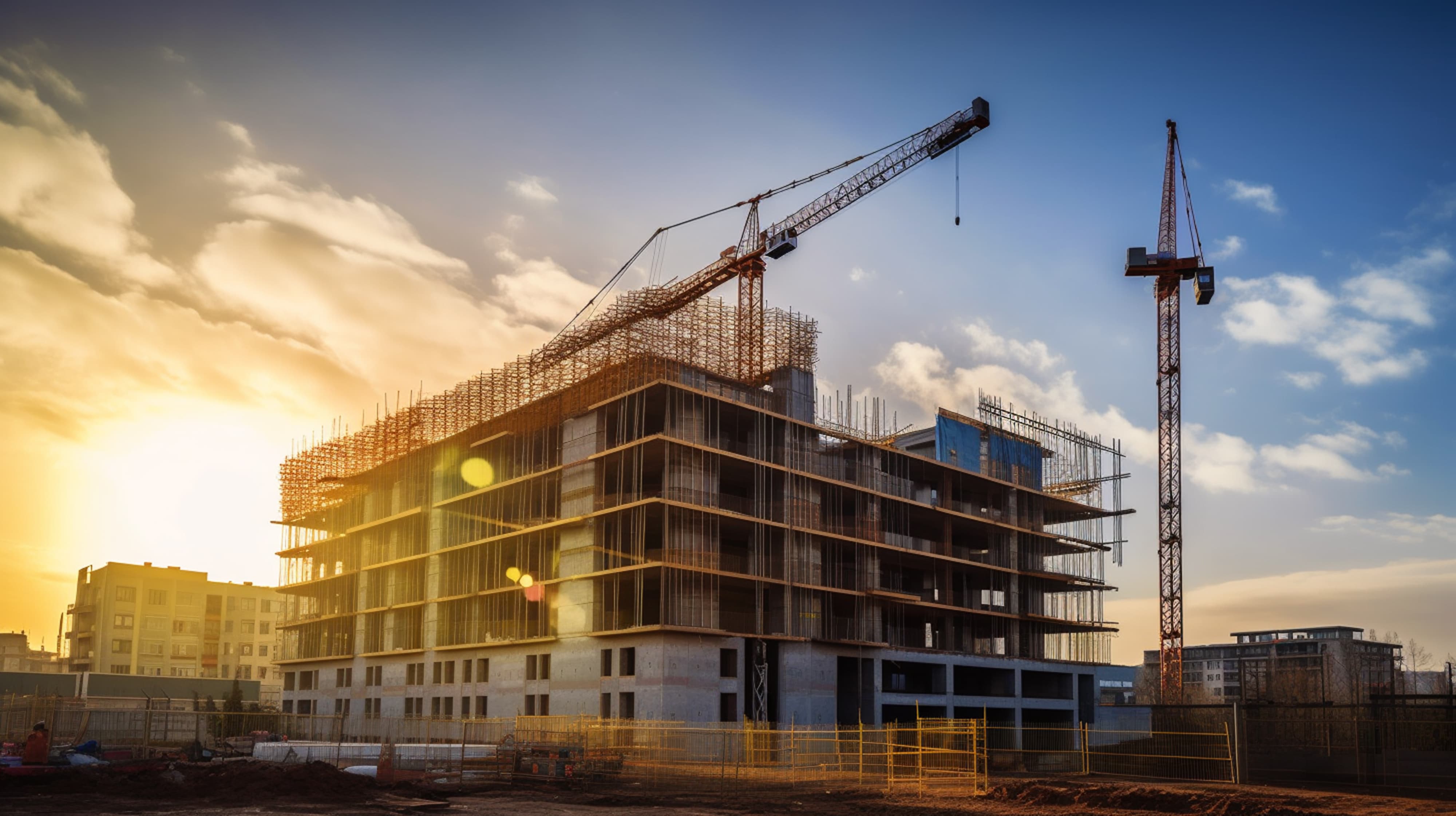179D TAX DEDUCTION
Energy efficiency tax deduction for commercial buildings.
The 179D tax deduction, also known as the Energy Efficient Commercial Buildings Deduction, is a powerful and often overlooked tax incentive that allows commercial property owners and designers to significantly reduce their tax liability.
About the 179D Deduction
As part of the Energy Policy Act introduced in 2005, 179D is a provision put in place to promote energy-efficient building practices in commercial real estate. This deduction is determined based on the square footage of the building and the energy cost savings achieved through these enhancements. It is available to building owners as well as architects, engineers, and contractors, who can also benefit from this deduction for public buildings such as schools or government offices.

The Energy Policy Act (EPAct) 179D tax deduction is an incentive for building owners and design firms to invest in energy-efficient systems. With this deduction, building owners can receive a deduction of up to $1.80 per square foot (SF) for the installation of systems that reduce both energy and power costs. For buildings placed into service in 2023, there is an increased incentive. Building owners have the opportunity to receive a deduction of up to $5.00 per square foot (SF).
By taking advantage of this deduction, building owners can not only contribute to a more sustainable future but also enjoy substantial financial benefits. Imagine the potential savings when your building operates at a fraction of the energy and power costs compared to others! This deduction serves as a powerful catalyst for driving the adoption of energy-efficient building practices across the commercial real estate industry.
Whether you are a building owner looking to maximize your tax savings or a design firm seeking to create energy-efficient spaces, the EPAct 179D tax deduction should not be overlooked. The team at C&A can guide you through the process, help you understand the requirements, and ensure you get the full benefit of this incentive.
Are you eligible for 179D?
179D FAQs - Who Qualifies, What Qualifies & How to Claim
How do you know if your building qualifies for 179D?
To qualify for the 179D tax deduction, buildings must make energy efficiency improvements, including upgrades to lighting systems, HVAC systems, and the building envelope. Lighting options can include LED lighting, occupancy sensors, and daylighting controls. HVAC upgrades can involve high-efficiency equipment like variable refrigerant flow systems and heat pumps. Improving the building envelope includes insulation enhancements and upgrading windows and doors. Certification requires an energy model analysis and meeting certain standards. Successful completion of the process can lead to potential savings as high as $1.80 per square foot.
Who is eligible for 179D?
-
Building Owners: Building owners are generally eligible for the 179D tax deduction. If they invest in energy-efficient improvements in their commercial buildings, they can claim the deduction. Building owners can include businesses, corporations, partnerships, government entities, and individuals who hold title to the building.
-
Designers: Architects, engineers, and contractors who are responsible for designing the energy-efficient systems or components of the building can also qualify for the 179D deduction. However, they must obtain certification from a qualified individual or firm that the energy-efficient features meet the required standards.
-
Lessees: In some cases, lessees of a commercial building may be eligible for the 179D deduction. However, the IRS typically requires the lessee to make specific improvements to the lighting, HVAC, or building envelope systems, and they must meet certain requirements to qualify.
What should I do if I think I have a claim?
It's important to note that the 179D deduction is typically claimed for the year in which the energy-efficient building or system is placed into service. The deduction amount can vary depending on the level of energy efficiency achieved and the size of the building.
To claim the 179D deduction, building owners, designers, or lessees must obtain a certification from a qualified individual or firm that the energy-efficient features of the building meet the necessary standards. The certification process often involves an energy simulation analysis or an inspection of the building to ensure that it meets the required efficiency thresholds.
Specific requirements and eligibility criteria may change over time, so it's advisable to consult with a tax professional or review the latest IRS guidance and regulations for the most current information on the 179D tax deduction.
Resources for Builders and Contractors
Questions?
If you're a builder, contractor, or architect, our team can help you plan for and take advantage of tax credits and deductions that can save you thousands in taxes. Set up a time to talk with one of our licensed tax experts today.



.jpeg?width=5820&height=3209&name=AdobeStock_239587170%20(1).jpeg)
%20(1)-2-1.jpeg?width=800&height=487&name=AdobeStock_555576183%20(2)%20(1)-2-1.jpeg)